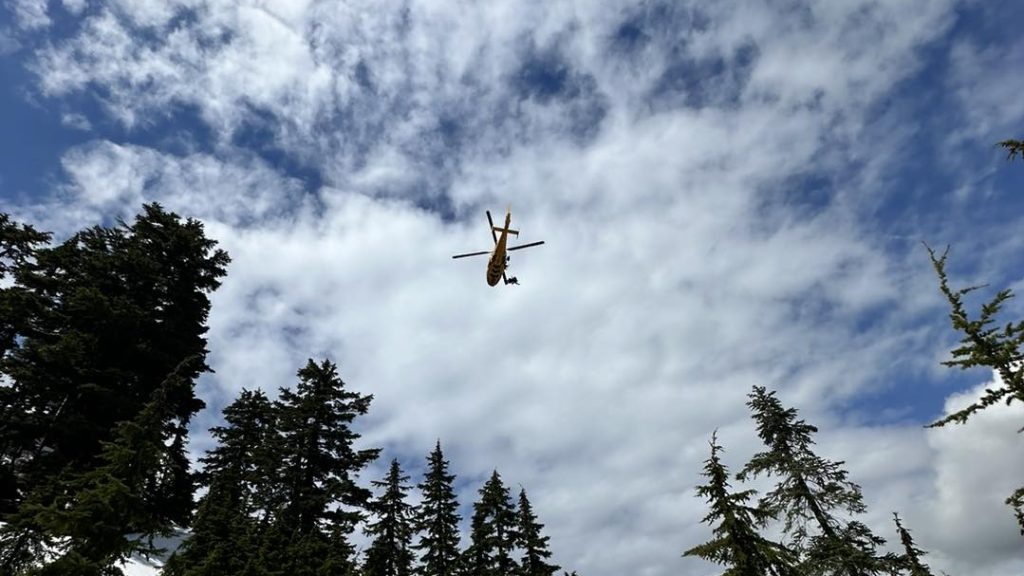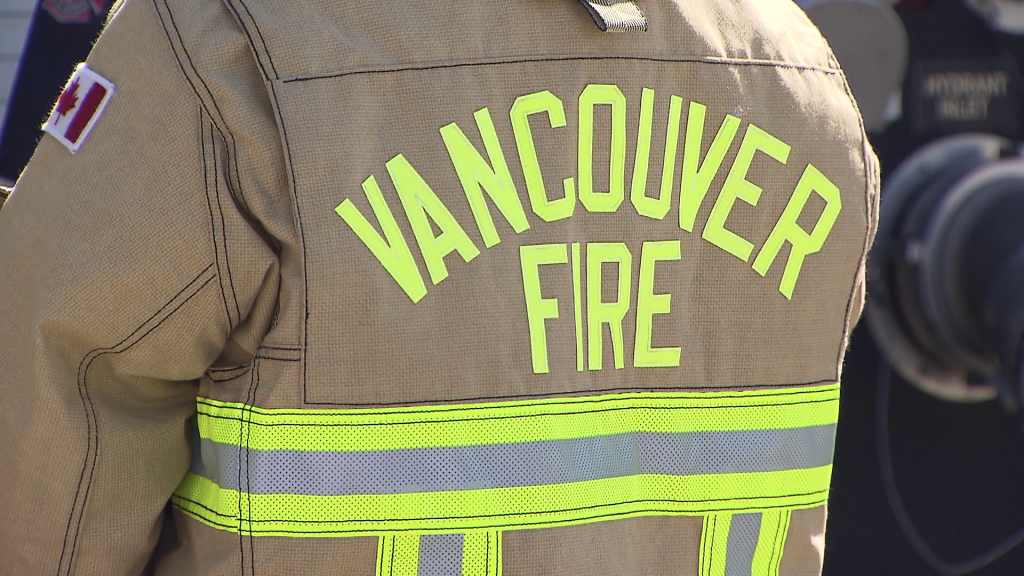Surviving a float plane crash is now partially your responsibility: TSB
Posted May 30, 2014 12:44 pm.
This article is more than 5 years old.
VANCOUVER (NEWS1130) – It’s less of a worry on larger flights like those used by Harbour Air, but until Transport Canada brings in better safety regulations for smaller float planes, the onus is apparently on you to keep yourself safe.
That’s according to one investigator with the Transportation Safety Board, who says there’s no word when things will change.
Two of the recommendations still in the air are better exits for emergency egress and that passengers wear floation devices throughout an entire flight.
Bill Yearwood with the TSB says until things change, passengers should get familiar with where everything is when they’re on board.
“What Transport Canada is doing to try and encourage people to do is to pay more attention to the passenger safety briefings and to encourage the operators to give more detailed and more tactile passenger safety briefings.”
He adds passengers should be educating themselves before stepping on board.
“The aircraft have the required emergency exits and at the time of their certification, they were designed for mostly emergencies on land. The board identified that in water, passengers can become disoriented and egress can become more difficult.”
“For these water emergencies, passengers just have to pay way more attention and really go through it in their mind as to what they would do, so they don’t lose any time trying to learn it during the emergency,” says Yearwood.
He says retrofitting older planes is not really an option right now.
In Vancouver’s harbour alone, there are about 33,000 float plane trips every year, carrying roughly 300,000 people.
Recent data from the TSB and the BC Coroners Service show over the last two decades, about 70 per cent of the fatalities from aircraft crashes died from drowning, with half of the deceased being found still submerged in the plane.










